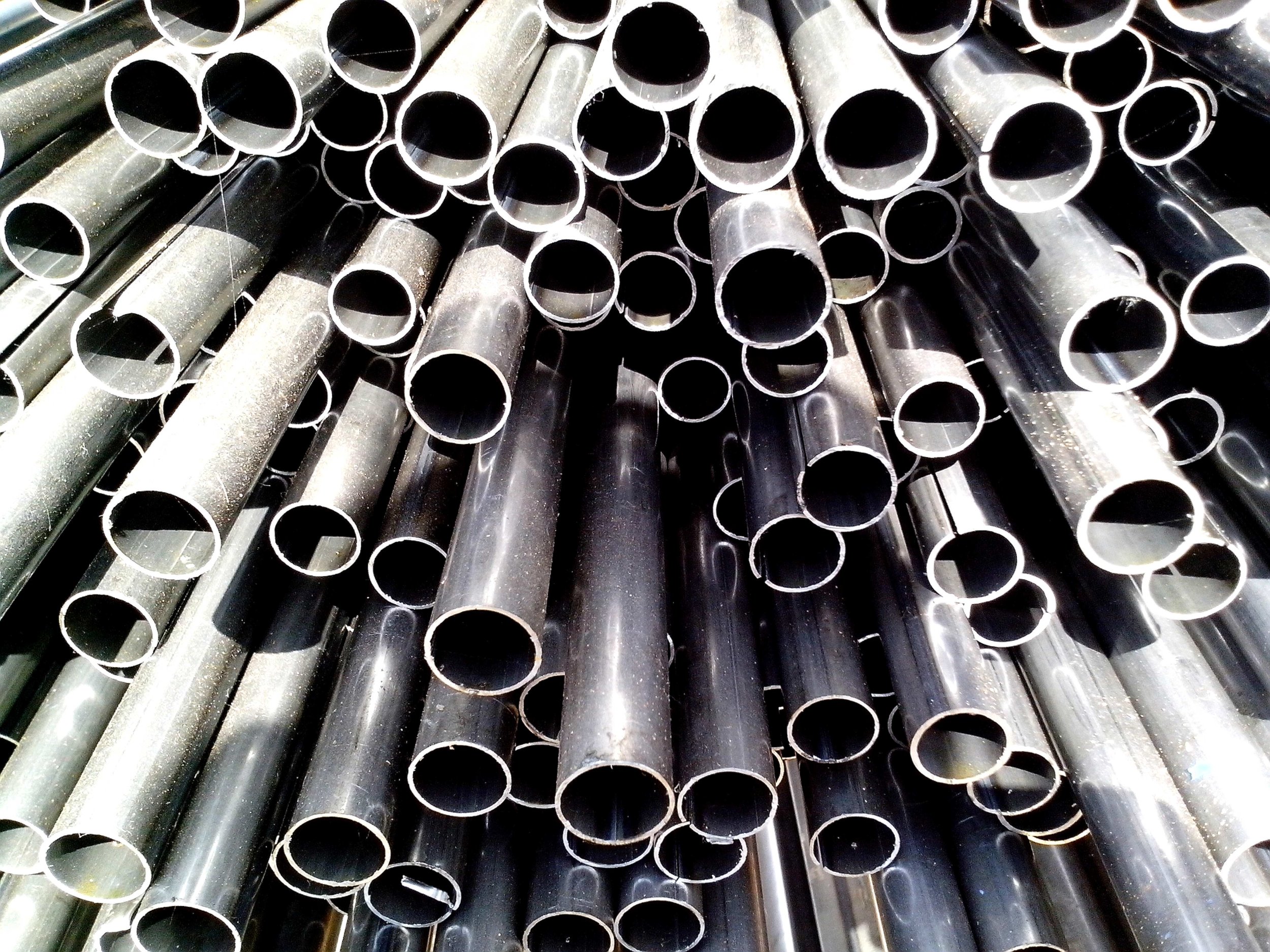What Type of Pipe is Used for CIPP Repair?

CIPP is an innovative plumbing technique that allows plumbers to make most pipe repairs and replacements without digging trenches. By combining pressure and state of the art materials, plumbers can now build new pipes from the inside out. What exactly do they use for these replacements and repairs, though? What kind of materials do they use? The contents of the pipe in question ultimately determine the type of materials a plumber will use. Plumbers also have to consider the size of the pipe and how the pipe’s contents may interfere with the process.
Pipes
CIPP can be used on just about any kind of pipe. Whether you are running water, gas, or even sewage, there is a CIPP solution for your pipe types. Ultimately, you’ll be making a replacement pipe, and that pipe is made of special resins that bond with a liner. It’s important to choose a pipe that can handle the materials and purpose of the pipe being replaced. Most CIPP resins are composites, but some are specially designed for potable water. These resins lack the dangerous chemicals found in CIPP sewer and grey water pipe types. One of the greatest differences between different CIPP products, however, comes from the type of materials used for the liner. The hardening resin is only part of the finished product.
Liner
Essentially all liners use composites, but some composites have different bases. The types of being being repaired, however, usually determine the base of the composite. A common liner used, is polyester, which is a fabric great for supporting resin without losing flexibility before it can get into position. More importantly, polyester is easy to saturate with the liquid resin that will harden into the new pipe. It’s an inexpensive liner, too, which makes it even more popular for plumbers and homeowners alike. Fiberglass has many of the same properties, but it actually does a better job in larger pipes than polyester does.
Sewers and other pipes containing corrosive materials need special composite materials that are designed to stand up to excessive wear and tear. Liners for pipes carrying potable water must meet additional standards to ensure no dangerous chemicals or contaminants leak into the water supply.
Special Considerations
Sewer lines and other pipe types which house greasy materials cannot bond with CIPP resins. Obviously, this creates a few challenges. The biggest issue by far is the annular space between the host pipe and the liner. Waterproof gaskets made of hydrophilic materials keeps fluids from escaping from the main pipe. The annular space is still there, but there’s no easy path to it. Other pipes may use gaskets as well, but they are absolutely necessary for pipes with greasy contents.
Since CIPP is a relatively new process, new resins and liners are still in development. CIPP materials suitable for potable water pipes only recently became available, but plumbers have already began using them en masse. As CIPP continues to develop, it will be an option for more home and business owners. It’s already suitable for just about any type of pipe.